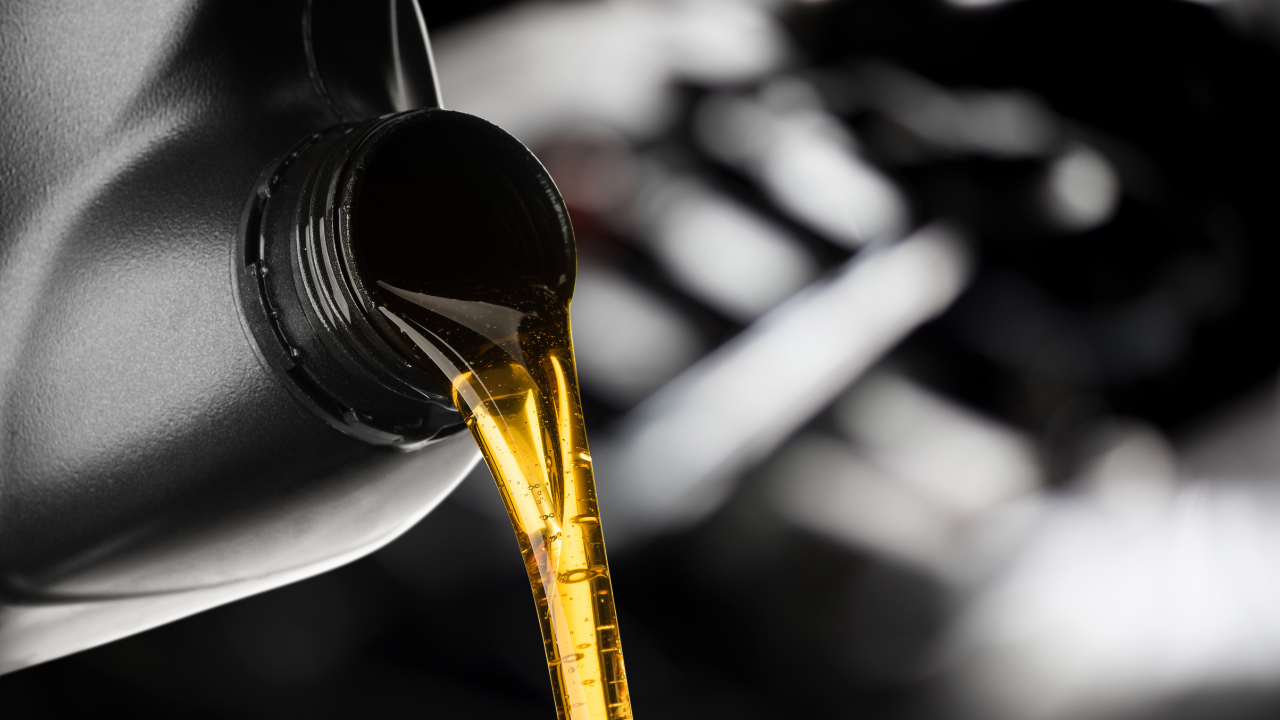Maximize Your System's Life-span With the Right Heat Transfer Fluid
Choosing the appropriate warmth transfer fluid is vital for optimizing system efficiency and durability. Comprehending the various kinds of warm transfer fluids and the certain demands of your application can dramatically affect the overall wellness of your system.
Relevance of Heat Transfer Fluids

Moreover, warmth transfer fluids add to the safety and integrity of thermal systems. Furthermore, the best warm transfer liquid can give security versus rust and scaling, more expanding the life expectancy of equipment and infrastructure.
Kinds Of Heat Transfer Fluids
Various kinds of warmth transfer fluids are generally made use of in industrial applications, each customized to details operational demands and temperature varieties. The most prevalent categories consist of water, oils, and specialized synthetic fluids.
Water is commonly employed due to its excellent thermal conductivity and availability; nevertheless, its constraints occur at heats and prospective freezing problems. For greater temperature applications, thermal oils, such as mineral oils or natural compounds, are utilized. These oils offer premium thermal security and can run effectively at elevated temperature levels, making them ideal for procedures like food handling and petrochemical manufacturing.
Artificial liquids, which can be either not natural or natural, are made to satisfy details performance requirements. They commonly display enhanced buildings such as low toxicity, vast temperature level varieties, and resistance to oxidation. Instances include glycols and esters, which are ideal for specialized applications like solar thermal systems and warm exchangers.
Furthermore, refrigerants are made use of in cooling systems, leveraging their phase adjustment buildings to launch and soak up warmth effectively. Each sort of warm transfer fluid presents distinct advantages and is chosen based upon the specific requirements of the application, guaranteeing optimal efficiency and system durability.
Factors to Consider When Choosing
Picking the appropriate warmth transfer fluid involves cautious consideration of a number of variables to guarantee optimal performance and system efficiency. One of the key factors is the temperature level variety needed for the system. Fluids vary in their thermal security and can shed or break down efficiency outside certain temperature limitations.
An additional vital consideration is the liquid's thickness, as it affects pump efficiency and power intake. A liquid that is as well thick might hinder blood circulation and boost operational costs. In addition, the liquid's particular heat capacity plays a vital role in identifying how effectively it can transfer heat.
Chemical compatibility with system products is also important to avoid corrosion, degradation, or leakages - dielectric cooling fluid. Making sure that the selected fluid works with the construction products can lengthen the life-span of the have a peek at this website system

Benefits of Correct Fluid Selection
Proper selection of a warmth transfer fluid yields considerable advantages for system effectiveness and integrity. The ideal fluid improves thermal conductivity, making certain ideal heat transfer rates within the system. This performance reduces power consumption, resulting in lower functional prices and a minimized ecological footprint.
In addition, ideal fluid choice adds to system longevity by stopping deterioration and degradation of elements. Liquids formulated with corrosion inhibitors safeguard metal surface areas, thereby prolonging the lifespan of pumps, pipelines, and warmth exchangers. Furthermore, selecting a liquid with appropriate viscosity makes sure effective blood circulation, which is vital for preserving regular temperature circulation throughout the system.
An additional essential advantage is the fluid's thermal pop over to these guys stability. A steady warm transfer fluid can run over a vast temperature level variety without damaging down or shedding effectiveness, which is crucial for systems subjected to varying thermal conditions. The best liquid can also minimize threats connected to freezing or boiling, thereby stopping operational interruptions.
Maintenance Tips for Longevity
Ensuring the durability of a heat transfer system needs thorough upkeep practices that enhance the benefits of appropriate fluid choice. Regular inspections are vital to recognize prospective leakages, rust, or sediment build-up that might compromise system effectiveness. Develop a regular schedule to evaluate pipeline stability, connections, and fittings, as these locations are often at risk to damage.

Monitoring liquid degrees and top quality is just as crucial. Routinely inspect for signs of contamination, such as staining or particle matter, which can suggest degradation of the warmth transfer fluid. Implementing routine liquid analysis can offer understandings right into its chemical properties, permitting prompt replacements when needed.
Additionally, maintaining ideal operating temperature levels is important. Motivate using temperature basics controls and sensing units to prevent overheating, which can speed up liquid destruction and damage system components.
Finally, always stick to the maker's guidelines relating to liquid replacement periods and maintenance protocols. By committing to these ideal techniques, you can considerably boost the functional life expectancy of your warm transfer system, making certain dependable efficiency and lowering the demand for expensive repair work or early substitutes.
Final Thought
In verdict, the choice of a suitable warm transfer liquid is essential for enhancing system performance and longevity. By understanding the different kinds of fluids and considering vital elements such as thermal conductivity and rust resistance, optimum efficiency can be accomplished.
Warmth transfer fluids play a crucial role in various commercial and industrial applications by facilitating the reliable transfer of warmth in between surface areas.Moreover, warm transfer fluids contribute to the safety and security and reliability of thermal systems. In addition, the fluid's particular warm ability plays a crucial function in identifying how successfully it can transfer warm.
The best liquid boosts thermal conductivity, making sure optimum heat transfer rates within the system. A secure warmth transfer fluid can run over a wide temperature array without damaging down or shedding efficiency, which is essential for systems revealed to rising and fall thermal problems.